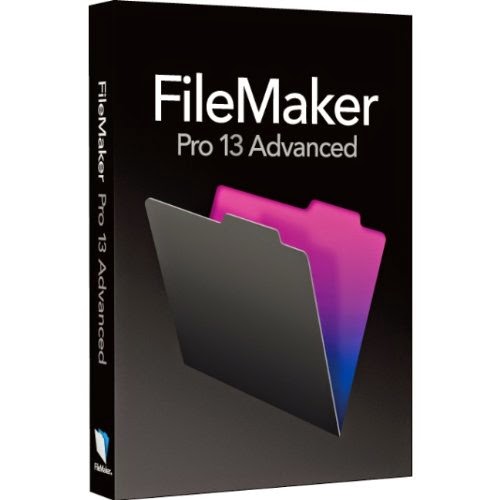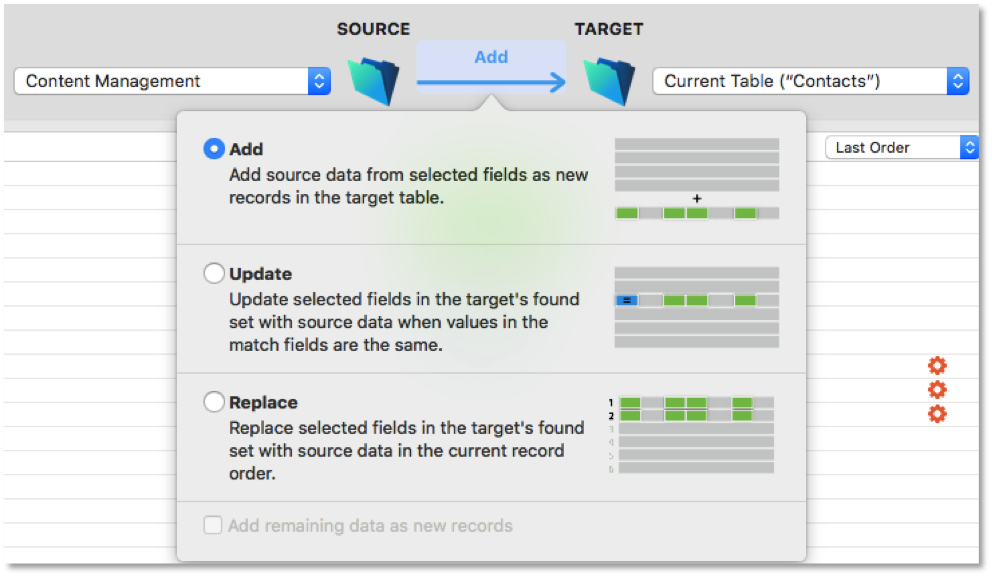
In the case of this example, I added a parameter "Record:" & Sta_Staff::_id and "FoundCount:" & Get ( FoundCount ) for the custom debug info.

You can add as a parameter any information that can be calculated at the time of the error. However, sometimes it may not be enough and you may need more information about the context at the time the script was running. Step name and line number within the script Script name and script index (the script's position in Script Workspace)Ħ. If the file already exists, new errors are appended.īy default, the script logs the following information:ĥ. The file is created in the user's Documents folder. When turning on error logging, all errors will be recorded to a file named “ScriptErrors.log” until error logging is turned off or the file is closed. This can be set up in an onOpen script step to catch all errors of a user session or just inside a suspicious script. This new script step allows you to simply turn on error logging and capture all of the application’s errors in a log file. Don’t you wish you could just plug in and see what was going on? Say hello to the Set Error Logging script step in FileMaker 18! However, they can't seem to reproduce the problem when you're looking. Your client calls you up and tells you there’s something wrong with the application.

Luckily, most modern cars now have the ability to plug in and dump diagnostic logs for the mechanic to review.Īs a FileMaker developer, you've probably experienced similar scenarios. However, when you try to show him, the noise is gone.

You take the car to your mechanic and tell him all about it. You keep hearing a strange noise under the hood. You’ve been driving your car and it’s acting funny.


 0 kommentar(er)
0 kommentar(er)
